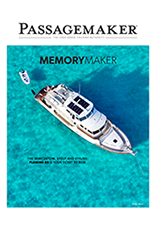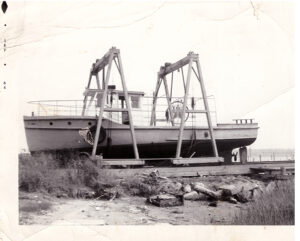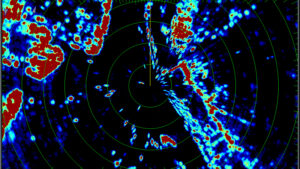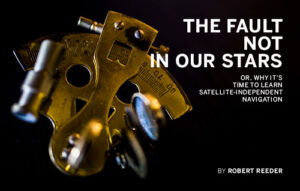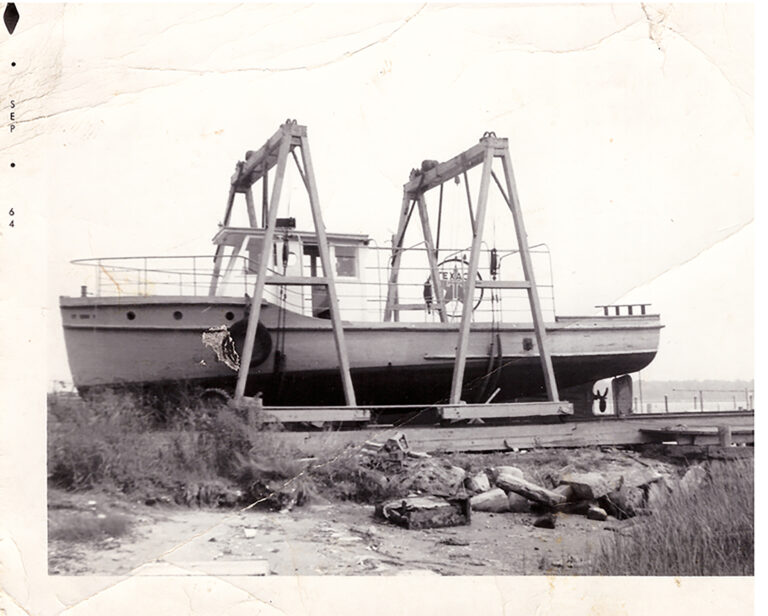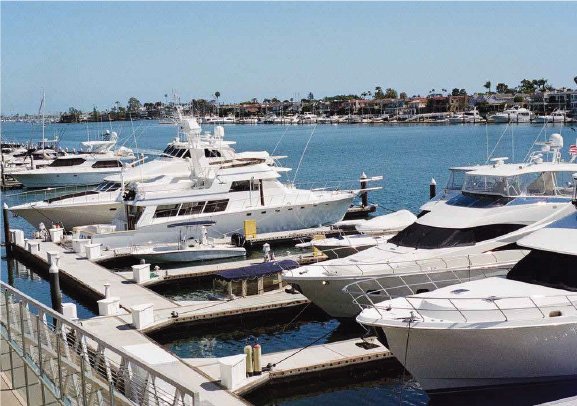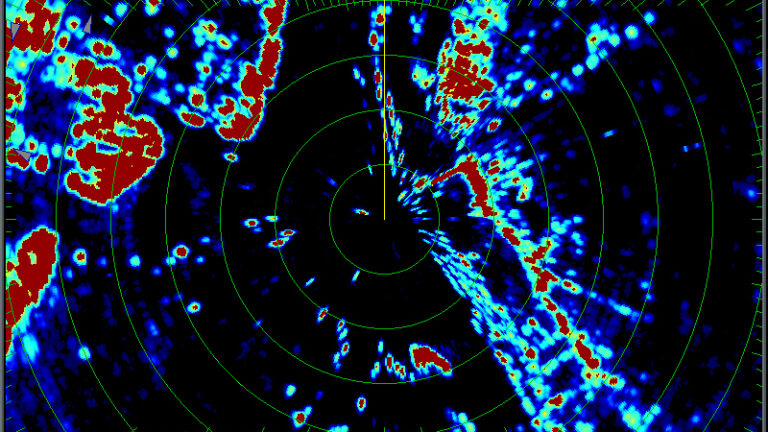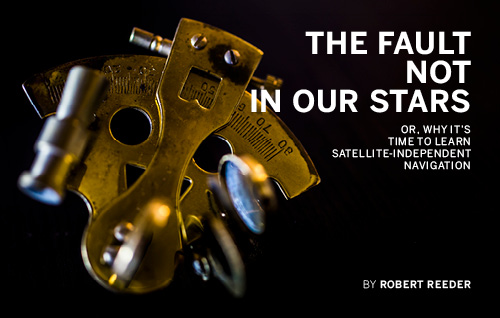California is home to a forty-mile stretch of south-facing beach, the longest on the west coast of the United States. Nestled on that beach between the Pacific Ocean and the Santa Ynez Mountains is the charming city of Santa Barbara. Natural geography provides this beautiful spot with a balmy Mediterranean climate of moderate summers and warmer winters. The city deservedly promotes itself as the American Riviera.
Santa Barbara dates back to the 1780’s, when it became part of Spain’s colonization of Alta California from the sea. Spanish soldiers built a military presidio to maintain order, while Franciscans built a mission tasked with converting the native Chumash people to Christianity. Spanish rule came to an end in 1822, and Santa Barbara became part of the expanding United States in 1848. The building of Stearns Wharf in 1872 was the impetus for growth; ships could now unload directly on the pier rather than anchor out and use a small barge to shuttle people and goods onto the beach.

The climate here is only a part of the magic. Against stunning backdrops, the city is committed to keeping its beachside ambiance, and preserving the residential and historic areas. Local government places the concerns of residents first, maintains strict zoning and building height limits, and has turned its back on high-rises. The city is an absolute treasure to walk, ride a bicycle, or take advantage of the efficient public transit.
The East Santa Barbara Channel

We left Marina del Rey in my Nordic Tug, Norma Jean, at about four in the morning. I tend to enjoy night passages, and it also affords the chance to practice electronics night screen controls. From Marina de Rey, Santa Barbara Harbor is a 70 nm run northwest, with a couple of starboard course corrections after clearing Point Dume and Point Mugu. If big swells are coming around Point Conception, the last leg can get a little splashy. The weather buoys 46216 and 46217 can give cruisers the exact swell height and period.
About 7 nm before Santa Barbara Harbor, there is a row of seven oilrigs to cross (all with names), extending five miles along the 34.20 latitude line. If your course is good, you will take the 3rd rig from the eastern end, Houchin, off your starboard beam.
On arrival, you can reach the Harbormaster on VHF Channel 12 to arrange for a transient slip. After parking at their accommodation dock, the harbor office will take your money and give you directions to the slip. The staff is courteous and efficient. Before leaving the dock, they will also dye-tab the holding tank. In August 2013, the transient slip rate (32 feet) was $30 per night, and diesel fuel was $4.16 per gallon (over 50, under 200).
Beautiful Santa Barbara Harbor
The first major challenge is deciding to leave the harbor, a terrific spot to just hang out. It is a large, sheltered harbor with about 1,000 boats, anchored at the east end by Stearns Wharf. Only half is used as a marina – the rest is a public sandy beach. A promenade encircles the entire harbor, extending atop the southern facing sea wall. It’s a lively place, with restaurants and shops inundated with tourists and locals and cruisers. There is a small convenience store in the harbor, a fish market, West Marine, and plenty of outdoor benches to sip morning coffee and ponder that which requires pondering.

Brophy Brothers in the harbor is always my go-to restaurant. This place has all the goods: a raw bar and bar bar, fresh fish, casual vibe, locals, boaters, cool employees, and a killer view. Being in a busy commercial fishing harbor, local restaurants get the pick of the catch. If a burger is on your mind, On the Alley is the spot to go.
Getting around is a snap. The waterfront bike path and walkway starts at the marina and ends just past the Santa Barbara Zoo. The Waterfront Shuttle follows the exact same beach route, while the Downtown Shuttle takes State Street from the wharf into town, passing near the Transit Center where other buses connect. Both shuttles (electric trams) run frequently, with a 50-cent fare. There is also a regular water taxi loop running from the harbor to Stearns Wharf.
The Charm of the City
The waterfront beaches are also a popular destination for local kids. Along the bike path there is a public swimming pool, wading pool, and a skateboard park filled with future X-Gamers of all ages. This is a good opportunity to stop and wander on Stearns Wharf, with lots of shops and restaurants, and a natural history museum. There is also fantastic fish ‘n chips as well as blackberry ice cream cones.

Heading downtown, lower State Street is beautifully landscaped with attractive buildings and wide brick sidewalks, made for wandering. Shops, restaurants, and cafes abound, all busy with summer tourists and local inhabitants. To the city’s credit, State Street is also home to many local serving neighborhood businesses.
Just off State Street in Old Town is the Santa Barbara Presidio, now a state historical park. This was Spain’s initial military settlement in Santa Barbara. Spain built a total of four such presidios across Alta California to guard against trade interference by other countries, and protect the religious outreach of their twenty-one missions. Some of the original adobe construction has survived, and the tour was well worthwhile. Within viewing distance from the presidio is the beautiful Santa Barbara Mission.
Mission Santa Barbara
Situated on a hill, surrounded by ten acres of grounds previously used for cattle and crops, this beautiful mission was tenth to be built in the California network. The current building was essentially re-built in 1820, after the three previous structures were damaged by earthquake. The first mission in 1788 was built only of log walls and a palm thatch roof. Within a few years, the Padres and Chumash laborers were making and using adobe brick and clay tile, and had built an aqueduct system. Supply frigates arrived only once or twice a year, keeping the Padres resourceful and inventive.
Catholicism and the mission’s work was a crucial core of eighteenth century Spanish life. This still breathes from the ornate beauty inside the inspiring mission church, and in the calm serenity of its attached garden cemetery. The church continues to hold daily services for its active parish, and the mission is still a working one.

Touring the grounds, I can only admire the Franciscans’ simplicity of life. I was completely taken with the art and practicality of the outdoor, built by the Chumash in 1808, and designed for washing clothes. A sloping brick basin was filled with water entering through a carved bear’s snout, eventually to rise at the lower end and drain out from the surface level, this time through a lion’s snout.
This was the last day of the trip to meander, but still in the cards was a seat at the bar in Brophy’s for littlenecks on the half shell, and an order of seafood pasta. Some wine too. This trip has been a pure pleasure, with beautiful weather, and nothing (almost) going south on the boat. A return to Santa Barbara is a given, but in the morning, it’s time to saddle up and take aim for Houchin.

